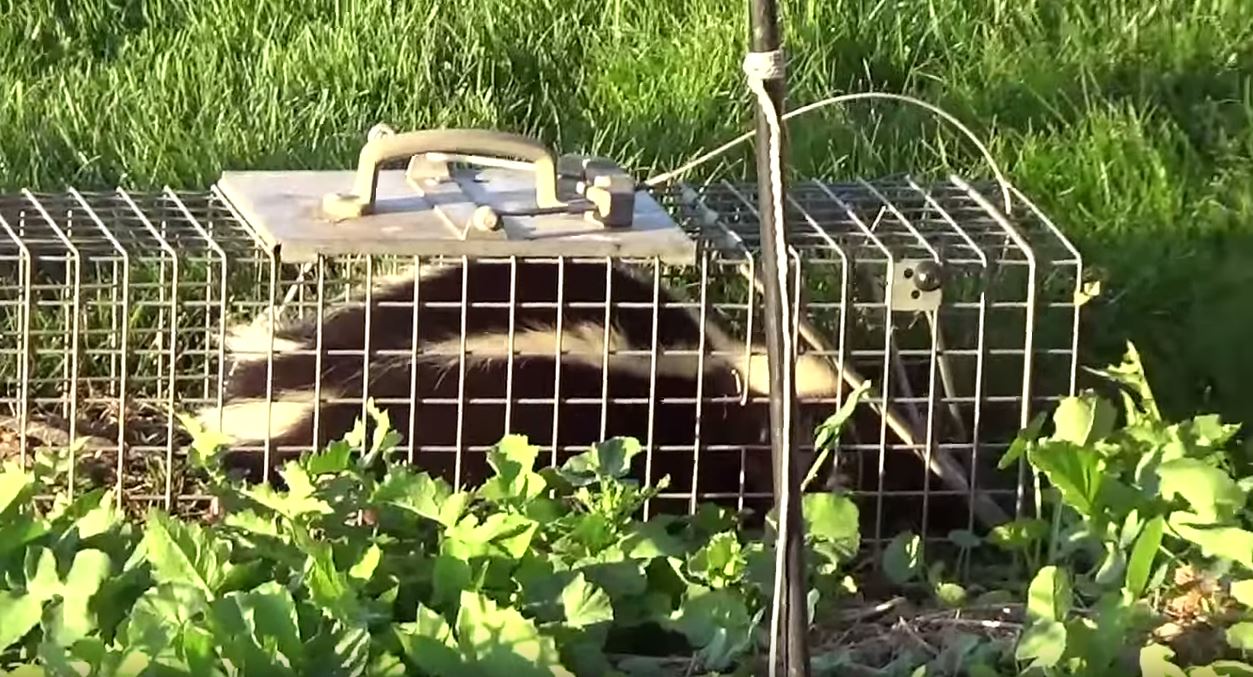Trapping skunks; how to trap skunks and manage skunk traps

Skunks are notorious for scavenging for food around homes by toppling over trash cans and scattering liter all over the compound. They are also notorious for eating pet food that is left unattended. They can spread diseases to you by infecting your pets that then spread the infections and parasites to you. If there is nothing to nibble on the yard, skunks can invade the plants in your garden and destroy them. If you leave your home un-attended for long hours, they are notorious for getting inside the home as they scavenge for food.
They are destructive and a major nuisance if they are not taken care of properly. You can stop skunks from invading your home by setting some traps around your compound to keep them at bay. Catching a skunk in a trap can be easy but releasing it without being sprayed is a craft that should be conducted with maximum care. Follow the following sequence so that you can trap and release a skunk successfully.
1. Make sure that your timing is correct
Skunks are known to be nocturnal so you will rarely catch them during daylight hours. Set the trap during the early hours of the evening and make sure that everything is working properly. They also rarely come out during cold winters or heavy rains so you will not catch them during that time either.
2. Make sure that the location is appropriate
Do not set the trap off the ground since skunks are not likely to climb into a trap that is off the ground. If there is a spot on your yard that the skunk likes to visit more make sure the trap is on the spot or on the path leading there. This could be near the trash cans, near a hoe in your fence or near your garden.
3. Use the correct trap
You need a trap that will trap the skunk easily and not let it go until you come for it. The trap should be simple to operate so that you are not sprayed while trying to release the skunk. When you go to the store to get a trap, make sure you get the best one as advised by the professional so that you get the right one for your situation.
4. Take safety measures while releasing a trapped skunk
You should handle a trapped skunk with a lot of care because it is already agitated and ready to spray. Always handle animals in a trap with protective gloves since they are most likely to turn hostile with bites and scratches. Avoid shaking or banging a skunk in a trap to avoid surprise sprays. A skunk can spray you while you approach the trap so you need to have a piece of cloth with you if you do not have protective gear. Skunks cannot spray what they cannot see so arm yourself with a natural color blanket and cover the trap with it to prevent it from spraying you. You can know when it is ready to spray since it pounds its front feet on the ground as it aims for the target.
Go back to the Noises in the Attic home page.

